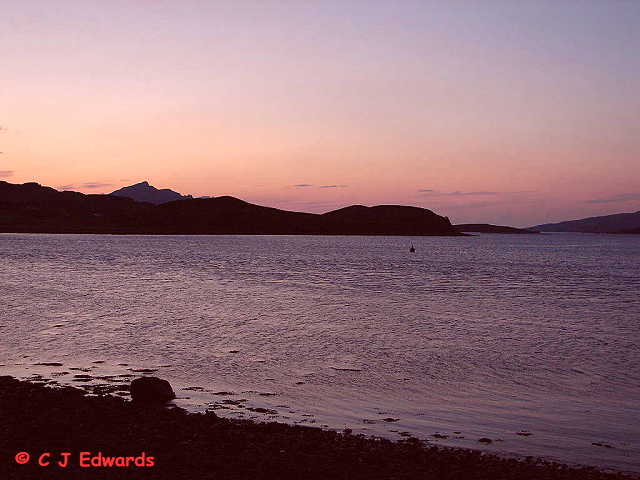 Sunday 3rd June 2007
Sunday 3rd June 2007

We stayed around Tigh-na-mara all day with the exception of a brief excursion for coffee with a friend of my brother's.
There were plenty of insects around including a lot of Snipe Flies (Rhagio scolopaceus).
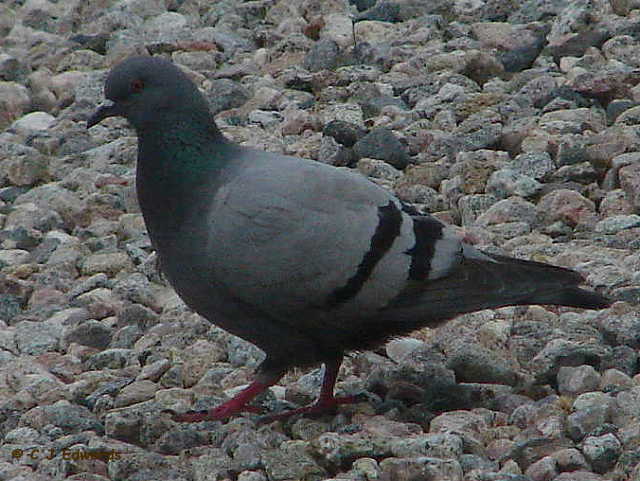
Among the visitors to the garden so far have been Greenfinches, House Sparrows, Rock Pigeons, a Skylark and Starlings. The Rock Pigeons, known to us oldies as Rock Doves, are regular visitors.
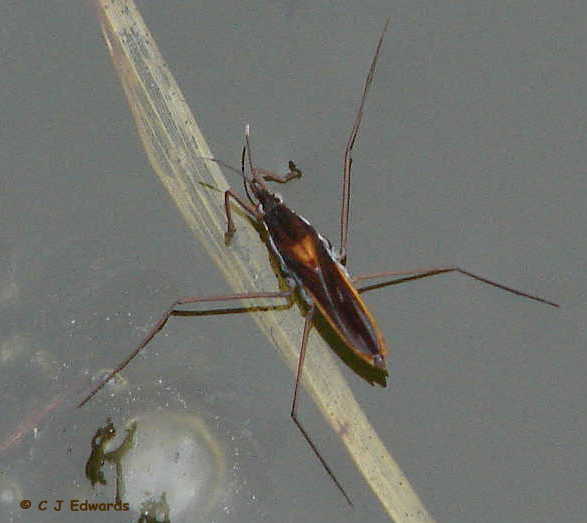
GB's garden pond has some Pond Skaters (Gerris species). The Common Pondskater (G. lacustris) is found throughout the British Isles with the exception of the Western Isles and Shetlands so this is an alternative relative.
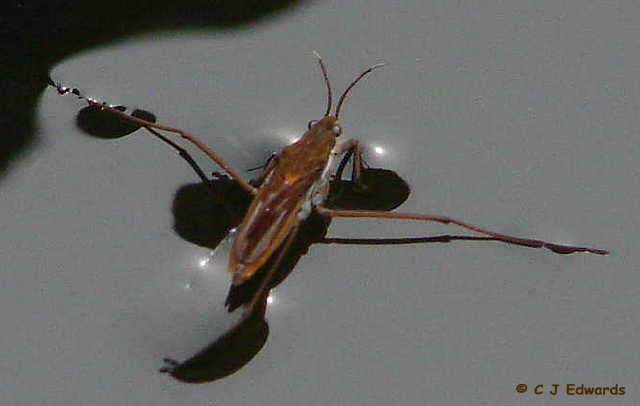
Unfortunately I don't know what other species are found here. It would be nice if it was Gerris gibbifer as that is found in fewer than five 10k squares in Scotland. The other British species are G. argentatus, G. odontogaster, G. thoracicus.
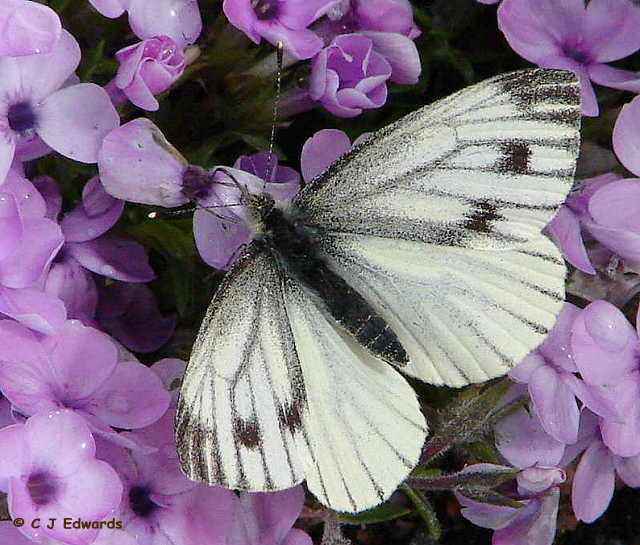
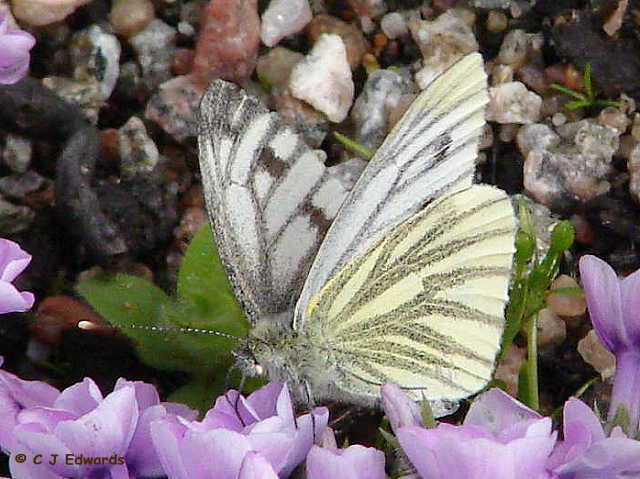
The garden and the adjacent croft are full of Green-veined Whites at the moment and they are very strongly marked. There are also the occasional Small White and Large White around.
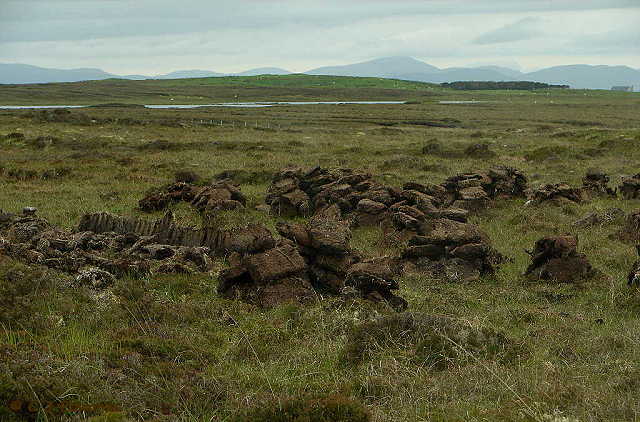
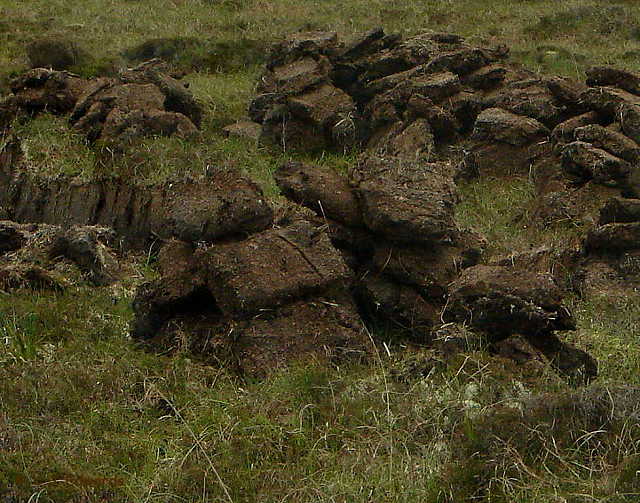
On the way out to visit Barry's friend we pulled in a passing place to let another car through and I took the opportunity to photograph the peats drying on someone's peatbank.
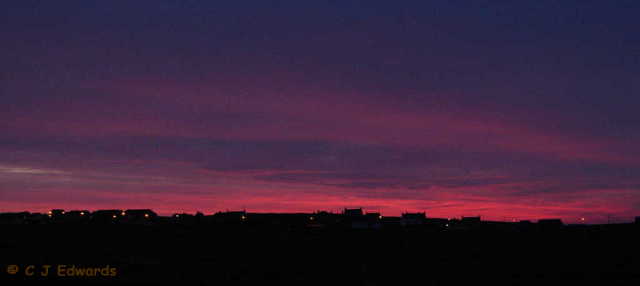
The day ended with a super sunset.

 Saturday 2nd June 2007
Saturday 2nd June 2007
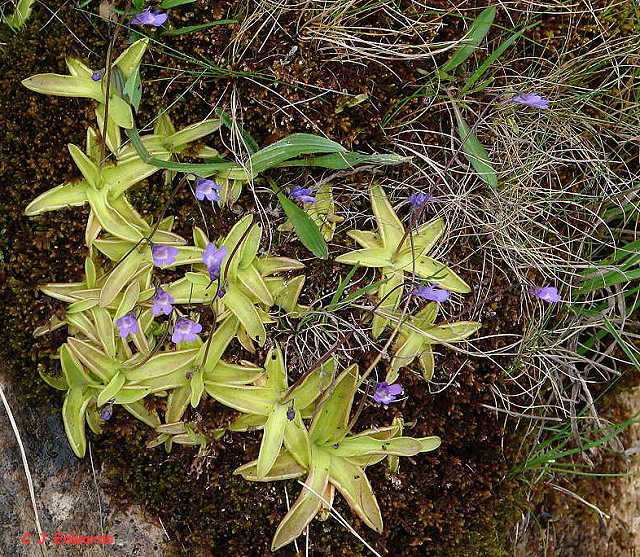
Before breakfast (which in my case included haggis and black pudding) I had a little stroll around the hotel and photographed some Butterwort and Sphagnum mosses on the roadside as well as the Elm in the grounds. The owners of the Sconser Lodge , Philip and Debra Grice, are new, having only had it for three weeks.
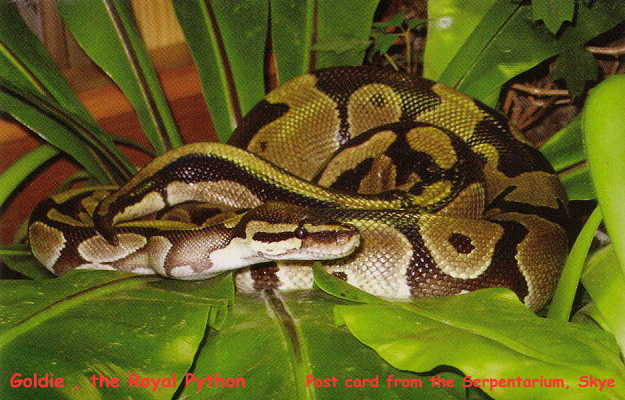
The glorious weather of yesterday had disappeared but we had the day to explore the island and began with the serpentarium (http://www.skyeserpentarium.org.uk/) at Broadford where we were allowed to hold Goldie, a Royal Python.
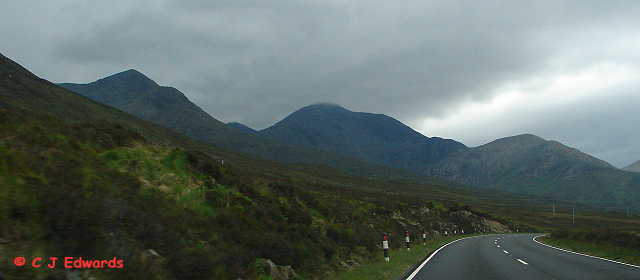
We passed The Cuillin; dark and forbidding today.
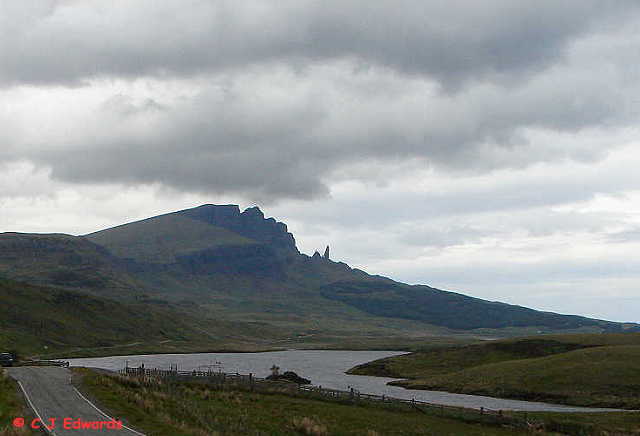
After coffee, with which we tackled the crossword as usual, at Portree we headed up around Trotternish and stopped first of all to photograph that wonderful mountain, The Storr, a 2359 feet (719 m) high geological masterpiece.
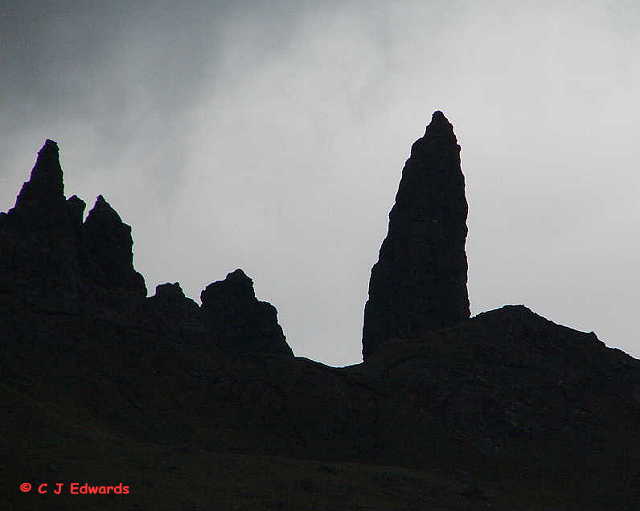
As if this landslip were not enough a 160 foot (50m) high rock called The Old man of Storr, the remains of a volcanic plug, adds to the brilliance of the scenery - whatever the weather.
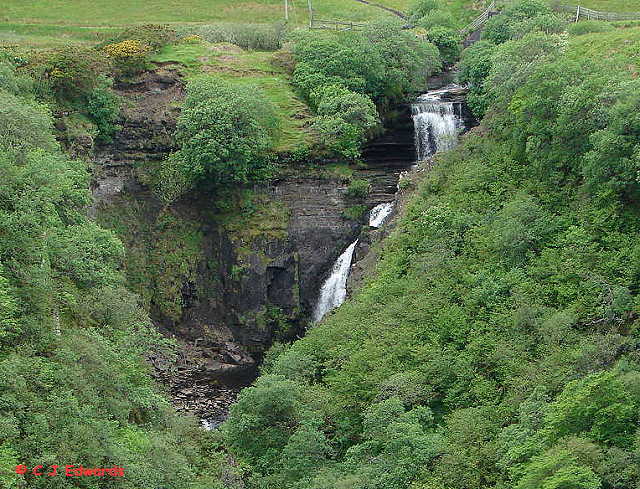
After exploring the path that leads to abandoned industrial architecture associated with the diatomite industry I photographed Lealt Falls.
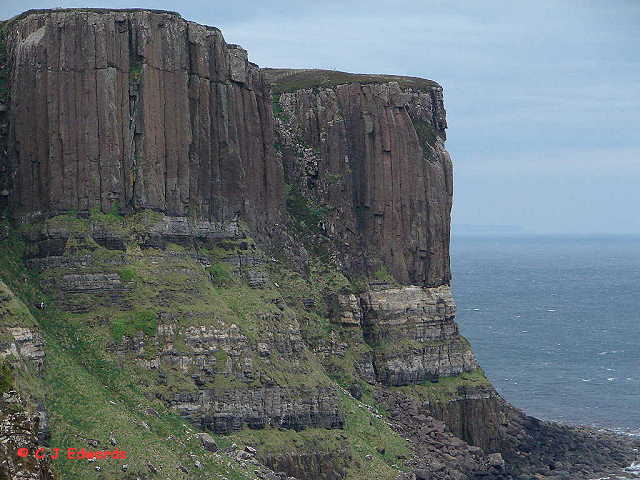
Then we stopped at Kilt Rock. This is a 200 foot high cliff of basalt with a tartan like pattern.
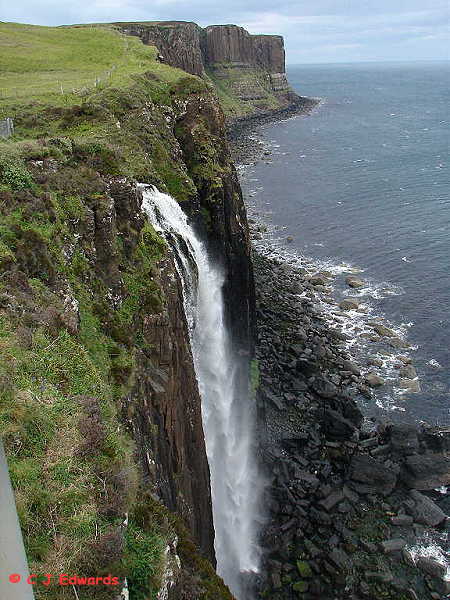
In the foreground of the view from the viewpoint is the spectacular
waterfall where the River Mealt plunges 200 feet over the cliff.
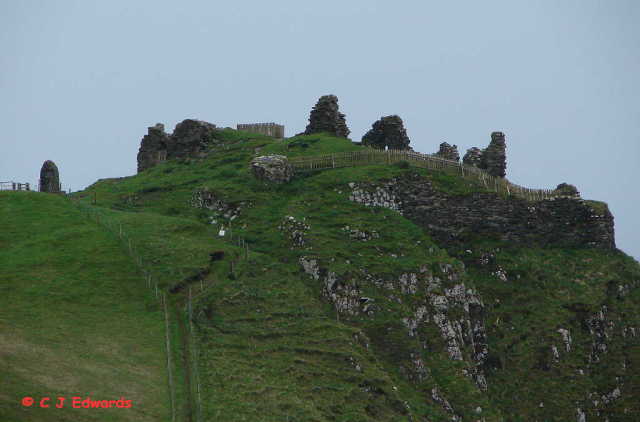
We had a tea at the Duntulm Castle Hotel in the rain which did not stop me photographing the castle itself. This was first a broch, then a Pictish stronghold before becoming a Viking fortification and then a castle. James V visited it in 1540 and it was abandoned in 1730.
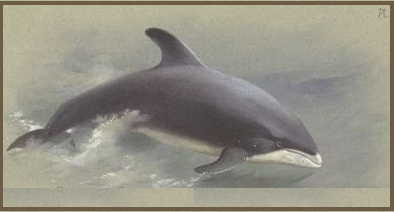
We waited in the rain at Uig for the DSMV Hebrides which was late and after boarding my first trip up on deck yielded sightings of three separate pods of dolphins. Brilliant. Unfortunately the rain and dull light, speed of the ferry and tendency of the dolphins to appear only briefly above the water meant that not a single photo showed them. Got plenty of shots of waves though!
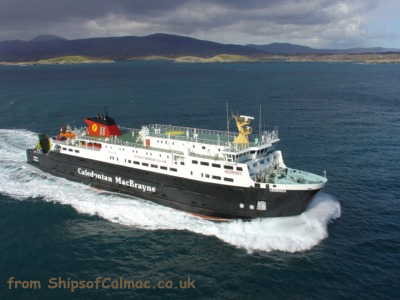
 Friday 1st June 2007
Friday 1st June 2007

We set off from Pensby with lovely blue skies and white cumulus and it was like that for much of the day. We stopped for coffee in Penrith where we came across a pride of Silver Ghost Rolls Royces taking part in the Centennial Scottish tour.
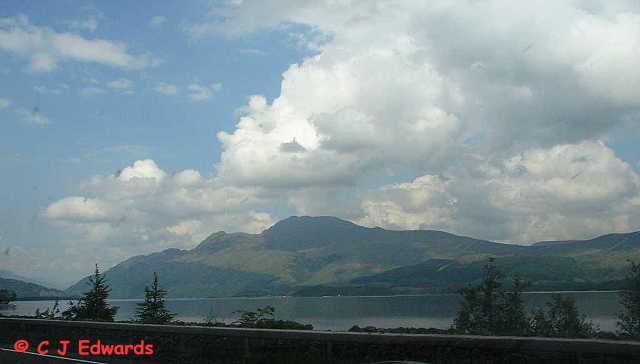
My apologies to all Lowland Scots but I always feel that when one reaches Loch Lomond one has really arrived in Scotland and we stopped at Luss for a bowl of soup at a most pleasant cafe, complete with kilted waiter.
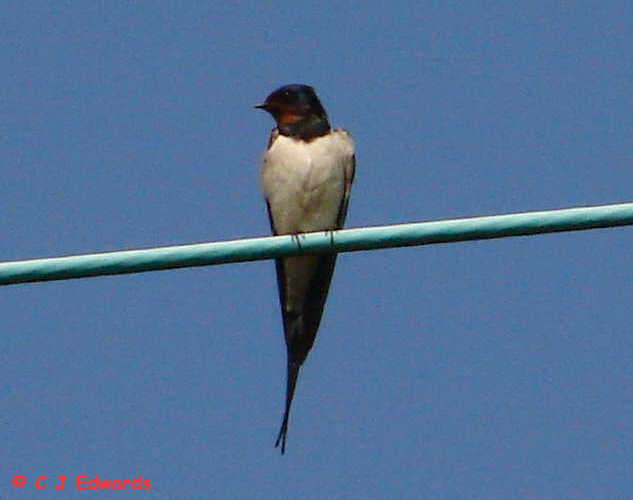
A loo stop at the Welly Stop at Tyndrum was also used as an excuse for an ice cream and I photographed a Swallow settled on a wire.
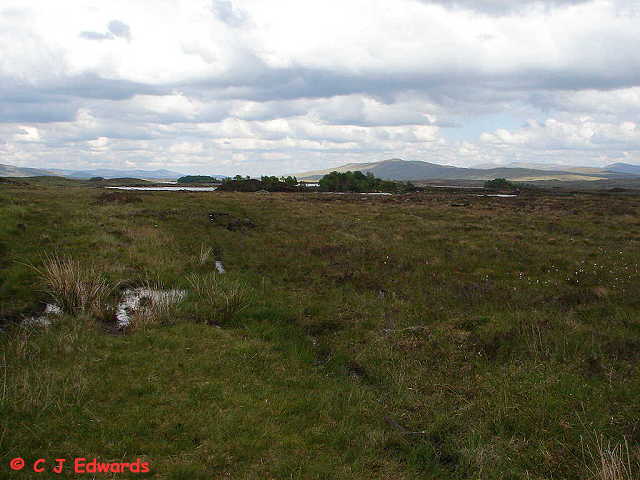
One of my favourite places in the whole of Great Britain is Rannoch Moor - an area of peat and bog for the most part, laid on granite, of some 50 square miles at a height of over a 1000 feet. It is the Watershed of Central Scotland where rivers start their journeys towards the Atlantic in the west and to the North Sea in the east. Over this area are scattered thousands of enormous rocks which have been torn from the sides of the hills and corries by a giant glacier moving eastwards 20,000 years ago. It has been said that the mood of the Scottish landscape depends upon the weather more than anywhere else on earth and Rannoch moor is a classic example of that. On a sunny day like today it is a gem of gleaming lochans. Rannoch Moor is notable for its wildlife, and was frequently visited by Horace Donisthorpe, who collected many unusual species of ants on the moor and surrounding hilly ground. Peat deposits pose major difficulties to builders of roads and railways. When the West Highland Line was built across Rannoch Moor, its builders had to float the tracks on a mattress of tree roots, brushwood and thousands of tons of earth and ashes.
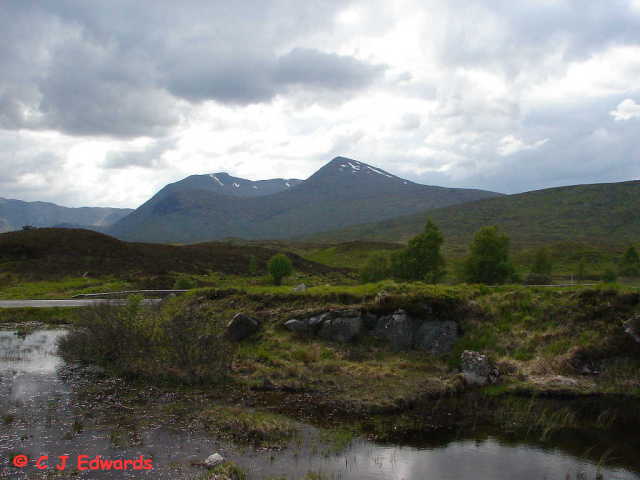
Black Mount (Stob a' Choire Odhair & Stob Ghabhar) to the West of the A82 over Rannoch Moor still had plenty of snow on the tops
We dropped down Glencoe and around to Fort William where we decided to push on to Skye before resting for the night.
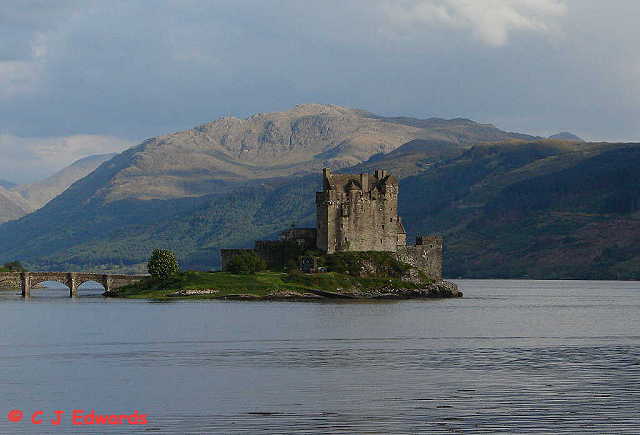
On the edge of Loch Duich we stopped to photograph Eilan Donan - my favourite Scottish castle, originally built in 1220. In 1539 a feud between the MacKenzies and the McLeods of Dunvegan, over the disputed claims of Donald Gorm MacDonald to the title of Lord of the Isles, came to head when he attacked the Castle with 50 galleys. He was famously shot and killed by Duncan MacRae with a single arrow. In 1719 the castle was destroyed by the government and it was not until 1932 that the castle was restored and the bridge built.
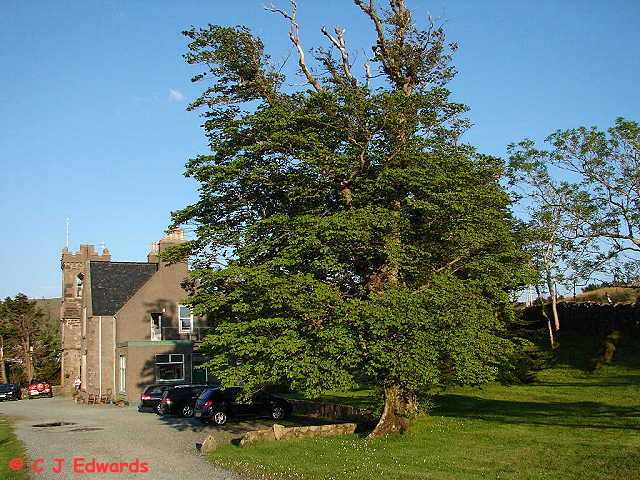
We crossed the bridge to Skye and after a bit of hunting the Sconser Lodge kindly provided us with beds for the night and an excellent evening meal (in my case of langoustines and steak).
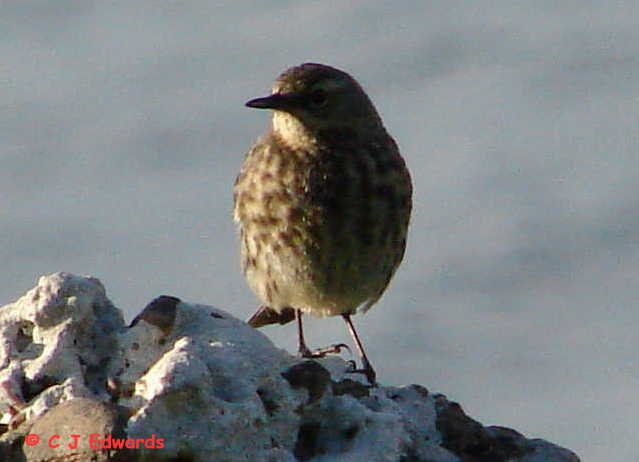
Prior to dinner we wandered the shore outside and admired the glorious sunset and a friendly Rock Pipit.
